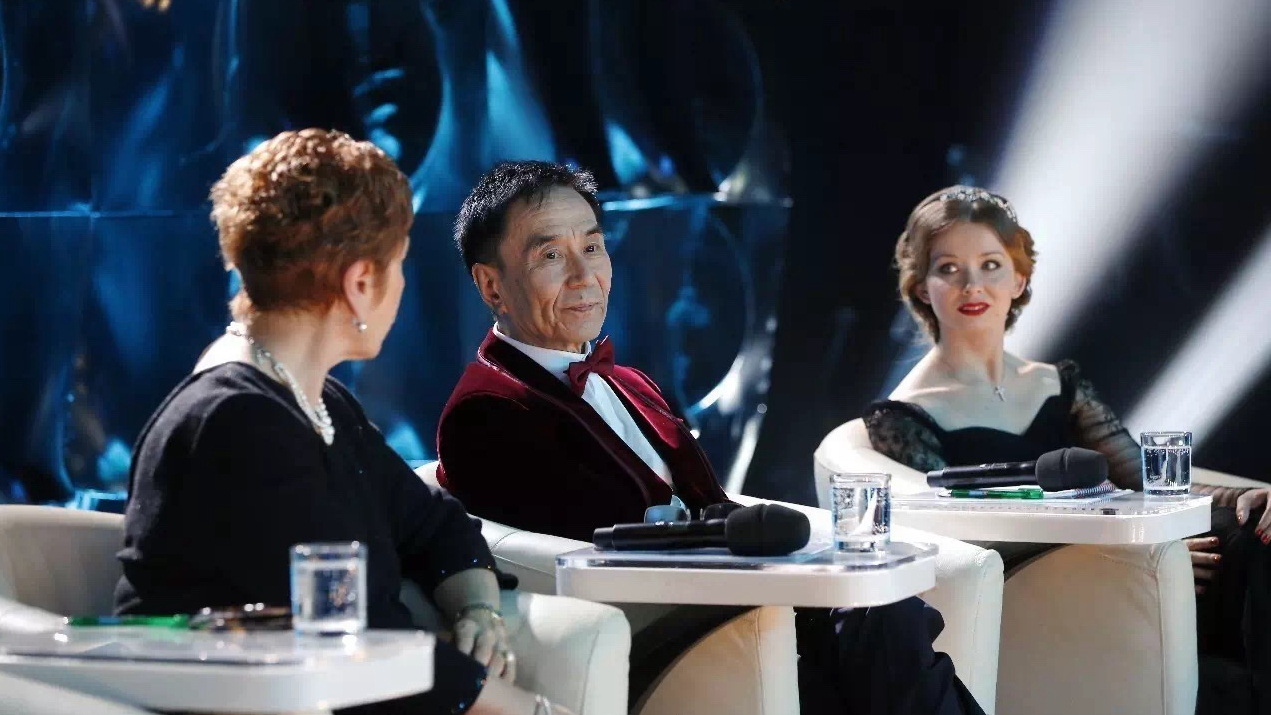
Culture
10:41, 05-Jun-2019
Choreographer Xiao Suhua's life story
Updated
12:00, 05-Jun-2019
By Wang Hui
04:30

In 70 years of China-Russia diplomatic relations, cultural exchange has played a big role. The career of Xiao Suhua, a famous Chinese dance choreographer, was significantly impacted by his Russian mentors. In fact, there's more crossover between Chinese and Russian ballet than you might think.
Xiao, 82, is a famous Chinese dance choreographer. He was the first to bring Symphony Choreography to China. He also holds the record for being a judge of high-level international dance competitions, doing it 52 times.
"There were three people who decided my path and achievements in dance. They all happen to be Russian. I grew up in the Ivanovo International Children's Home in the Soviet Union. When I was seven, I tried to join its dance group. A Russian dance teacher saw me and picked me immediately. I was the only boy in the group. I think my love for dance was born there," said Xiao.
When he finished high school in the Soviet Union in 1954, Xiao learned of the Beijing Dance Academy. Going against his family's will, he insisted on learning dance and taking the academy's exam. But at 17, things weren't easy.
"I failed the exam. But I knew of a Soviet dance expert. I wrote to her to tell her how determined I was. She permitted me to continue. If she were not there, I wouldn't be who I am today."
Xiao became a professional ballet dancer, and then a dance teacher. However, Xiao wasn't the only one in Chinese ballet to benefit from the Russians.
"When the academy was established, China's ballet had just started, and many Soviet experts came here to teach us and choreographed ballets. The foundation for China's ballet was laid by Soviet experts. It was from solid Russian School, which is viewed as the best and brightest school of ballet in the world," he added.
Dancing and teaching for more than 30 years, Xiao thought he would end his career like this. However, he reached another turning point when he was 50 years old.
"The dance academy asked me to change my path to learn choreography, which is very different from teaching dance. I was worried," he added.
Xiao spent a year and a half at Bolshoi Theater in Moscow as a senior visiting scholar. He learned Symphony Choreography from Yuri Grigorovich, who is often called the father of Russian Symphony Ballet. Xiao became the first Chinese to bring this new method of choreography to China.
Before Symphony ballet, China's ballet was drama-oriented. It emphasized story plots and conflicts but limited the creativity of the dances themselves. But Symphony Choreography highlights music's importance and is more liberal. It can be used in different dance genres.
"When I went back to China, I said that China's art of choreography was behind the world by about 60 to 70 years. Many people said that I had a servile attitude to foreign things. But it proved that I was right. Some critics said that I changed the idea and direction of Chinese ballet," Xiao said.
Xiao translated what he learned in Russia into innovative art on stage. He has become the only person in China who has directed large-scale performances in contemporary ballet, contemporary dance, and classical Chinese dance.
About a thousand students learned directly from Xiao, and they spread this method all over the country. Symphony Choreography is prevalent in China now.
One of Xiao's students, Xu Yewen, said that what they learned is not just about the method, but Xiao's spirit.
"He has always been rebelling against and turning over himself and his works. So we are learning from him to keep innovating and exploring new possibilities," Xu said.
Xiao has been off the stage for years now. When he reflects on life, he said if he started his all over again, he would still choose to dance, saying he has no regrets.

SITEMAP
Copyright © 2018 CGTN. Beijing ICP prepared NO.16065310-3
Copyright © 2018 CGTN. Beijing ICP prepared NO.16065310-3